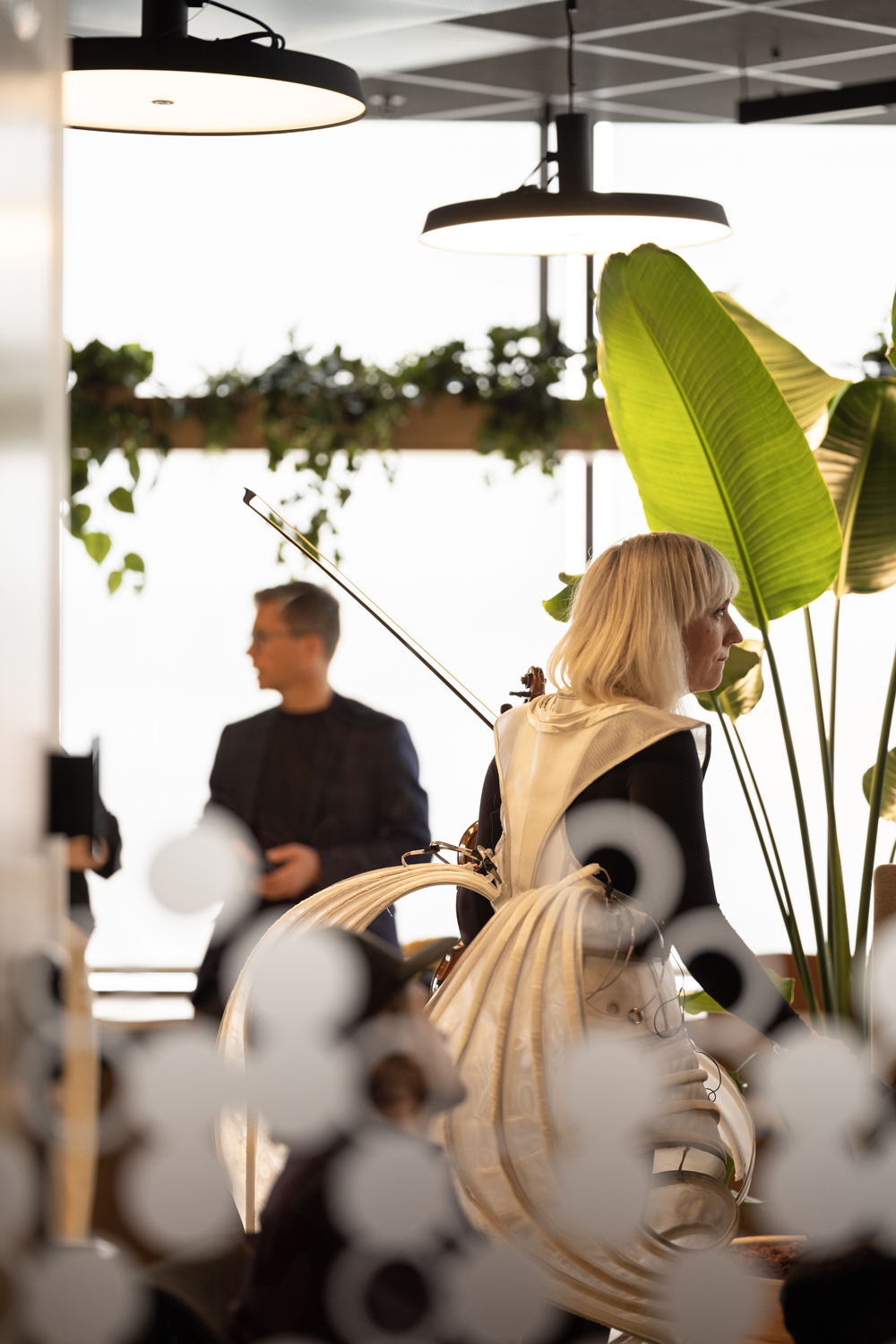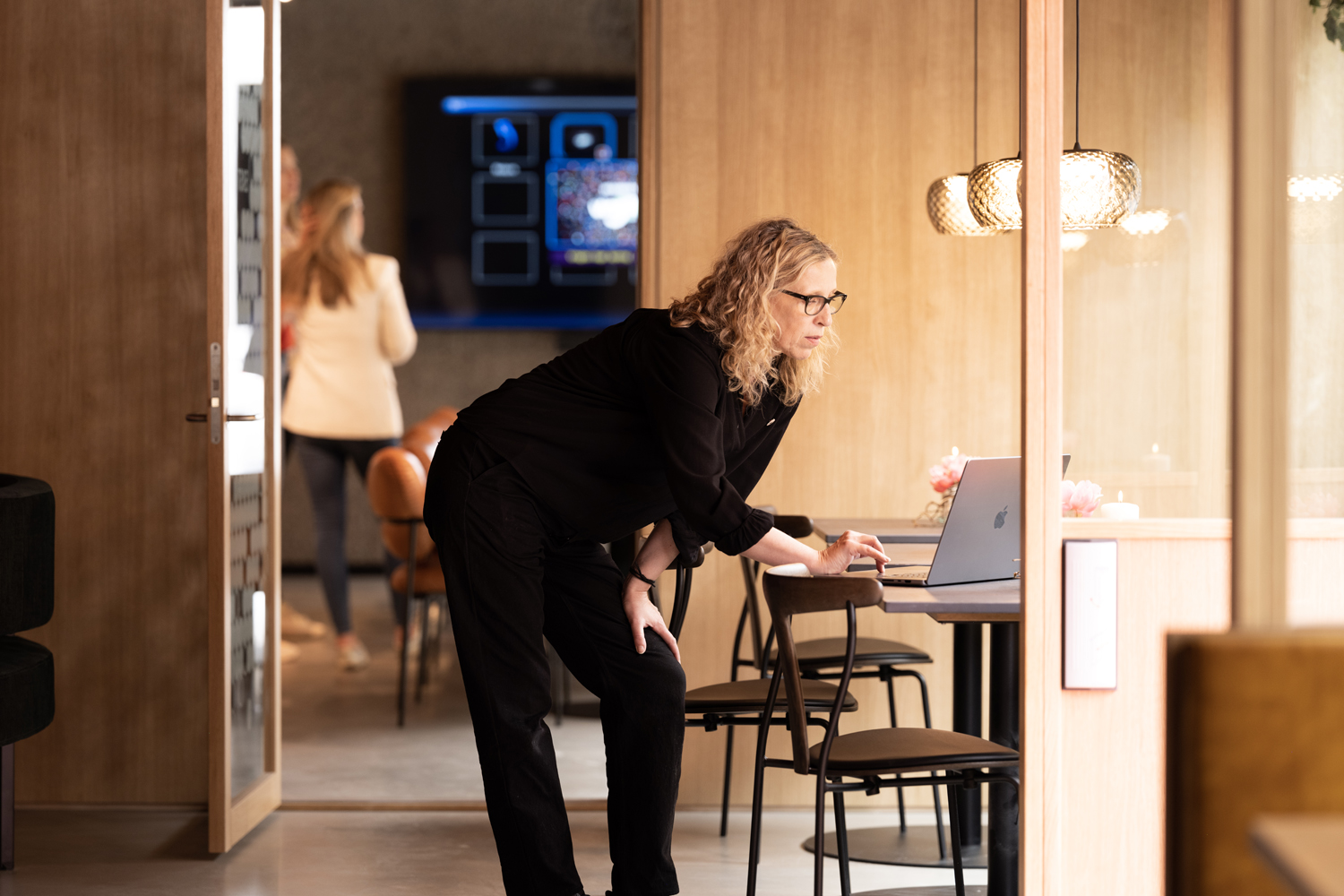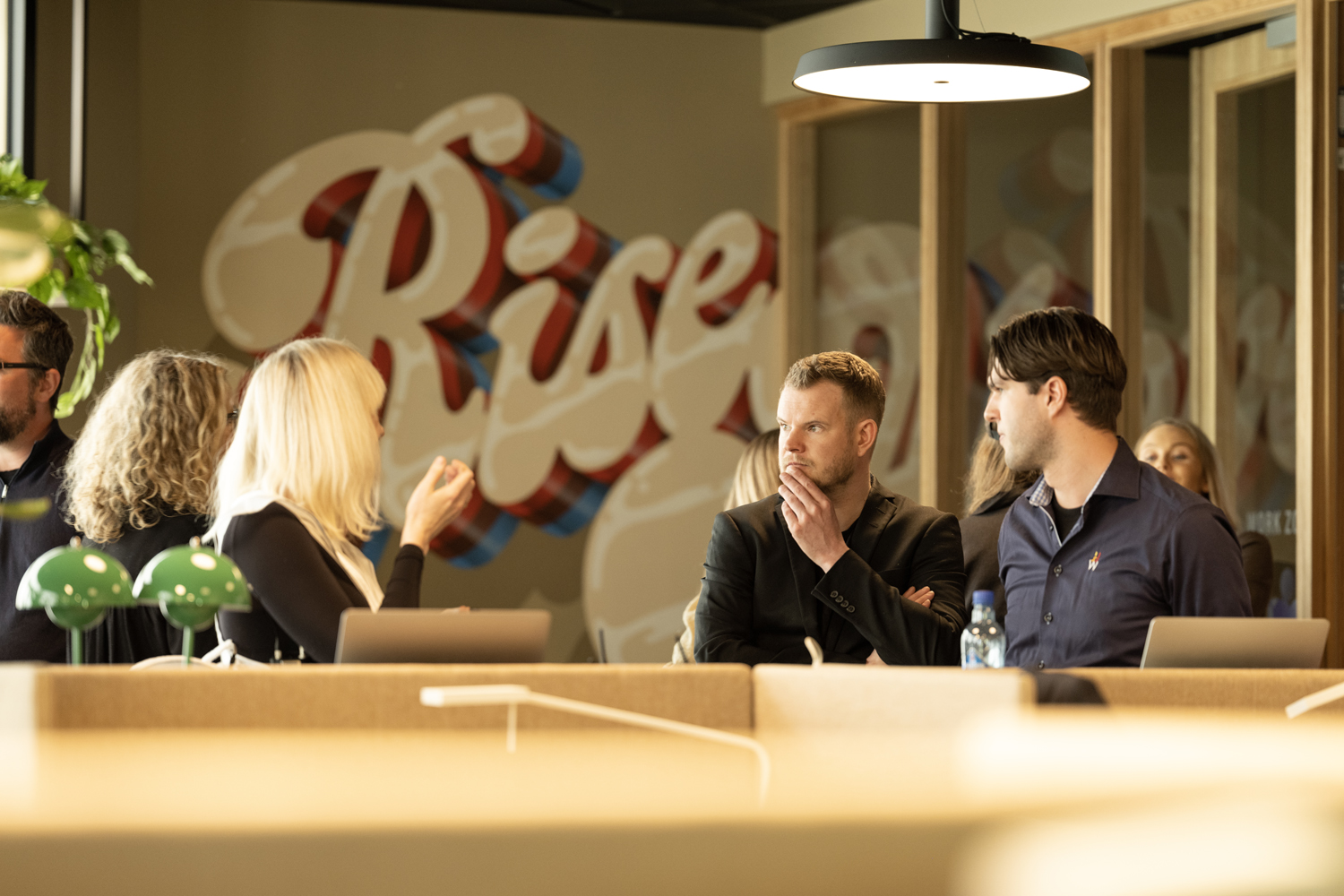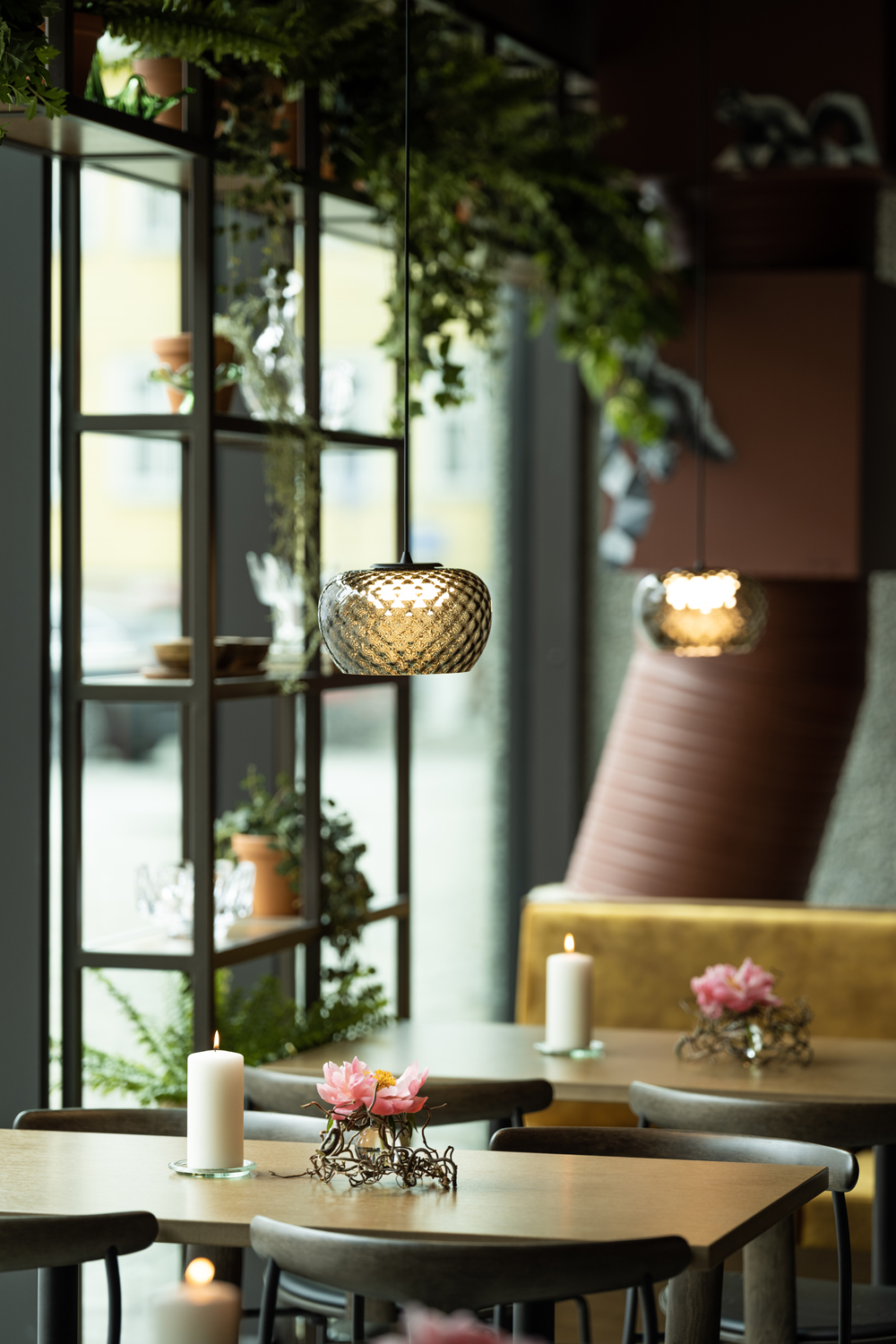In the race for the best minds, a good mix of office environments and trust-based leadership could become a company’s most important competitive advantage.
“Across the globe, including here in Norway, we are seeing a shift in where and how we work. New preferences from younger employees in particular are influencing what we consider a good workplace,”
Thorbjørn Olsen
Olsen assists companies in developing attractive solutions for the future of work. In the development of Vingtor Arbeidsbar’s concept, he has served as an advisor. User experiences and well-being have been central, he explains.
“While it was previously most common to talk about the physical framework of a workplace, today it is far more important to create experiences that contribute to positive culture development and a sustainable work life.”
Choice of Workplace
The pandemic contributed to a rapid and powerful change in people’s perception of physical, virtual, and hybrid work environments. When people saw what was possible outside the traditional office, new preferences emerged.
Deloitte refers to an international survey in which 64 percent of respondents say they have considered or are considering changing jobs if they are required to be physically present in the company’s office full time.
“The clear message here is freedom. Workers want the flexibility to choose the workplace they think best suits the work they need to do,” says Olsen, emphasizing that this does not mean everyone wants to sit permanently at home.
“A shared, physical workspace is still important to most people. But what we see as an attractive office has changed. Meaningful experiences and the freedom to choose spaces based on a desire for everything from silence and concentration, to learning, socializing and inspiration are something many see as valuable.”
Silent space or buzzing? Meeting, podcast recording, or workshop? See an overview of all the zones in Vingtor.
Changing Role of the Office
Changes in work methods and work culture are already starting to influence the role and design of the office. Olsen highlights four trends he believes we will see increasingly in the future:
- Café/lunch restaurant: Traditional canteens are being replaced by more attractive catering offers at the intersection between work and social meeting place. Get to know the café at Vingtor better.
- Concentration: Offices developed over the past 20 years have good solutions for innovation and interaction, but fewer opportunities for concentrated work. Now reading rooms, quiet rooms, libraries, and other focus zones are being developed.
- Co-working environments: More and more companies see the need for their own remote offices outside the headquarters, where employees can be part of a social environment on the days they are not working elsewhere. This is, for example, relevant for companies that recruit employees from other parts of the country than where the headquarters are located.
- Well-being: Experiences around community and well-being will become even more central in the future. Surveys from England, among others, show that up to 20 percent in some companies feel lonely at work.
He also highlights the green shift, digitalization, and the use of artificial intelligence as central change agents in the future of work and offices.

Trust-Based Leadership
New work patterns require that management groups see the value of trust-based leadership, says Olsen.
“To handle these changes with conservative Command-and-Control Performance Management will most likely not succeed. Forced control and measurements have been shown to weaken productivity, in addition to such methods being demotivating.
“Trust-based leadership is a competitive advantage in the sense that more people want to do a good job when they enjoy it. And when more people do a good job, it usually also shows on the bottom line. Better facilitated working life with a greater degree of freedom is a win-win situation as I see it,”
Thorbjørn Olsen
It’s not about anarchy, he points out.
“It is possible to have clear goals that together ensure that we are all moving in the same direction, without dictating when and how each individual should work. ‘No size fits all’ and ‘People Centric Solutions’ are two important buzzwords in this context.”
Valuable Engagement
An engaged workforce is undoubtedly something most business leaders desire. The analytics company Gallup, which regularly measures employee engagement worldwide, points to many benefits of good engagement culture at work: higher productivity, lower turnover, better profits, and higher customer loyalty.
“But the measurements also show that the level of engagement is declining. Many business leaders have something to work on here, especially in a market with low unemployment and fierce competition for today’s and future talents,” says Olsen.
So how does one succeed in increasing engagement?
“The most important thing is to think about culture and experiences in the community. An organization where employees see meaning in what they do, where there is room for development, and where people feel seen and taken care of by management and colleagues, is important for building engagement.”
Many Generations Together
A good mix of office environments also correlates with another important factor: the mix of generations. Olsen explains:
“People born in 1980 and later will make up almost 70 percent of the workforce in a few years. The arrival of younger generations will cause the biggest changes in working life, as I understand it.
“Younger generations, such as Gen Z and Millennials, are the ones most concerned about adapting their calendar and workplace to where they perform best. Younger and older generations also have different motivations for wanting flexibility.

In some companies, up to five generations may be working together. Understanding and recognizing the differences between various generations is therefore necessary to succeed with future office solutions, he says.
“In the development of new office environments, it is important to design rooms that cater to a wide range of needs and adaptability options. And it is probably especially important to focus on the preferences of younger generations. I believe there is much to gain from that.”



